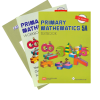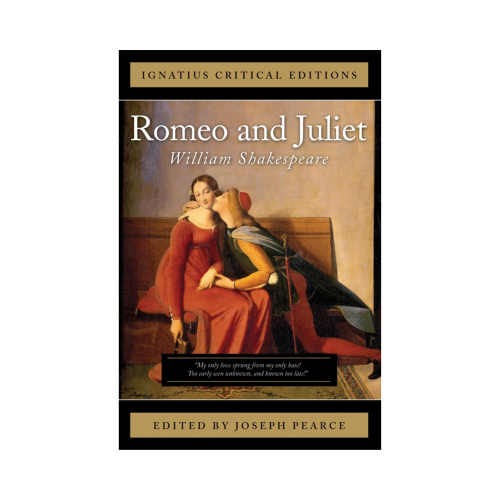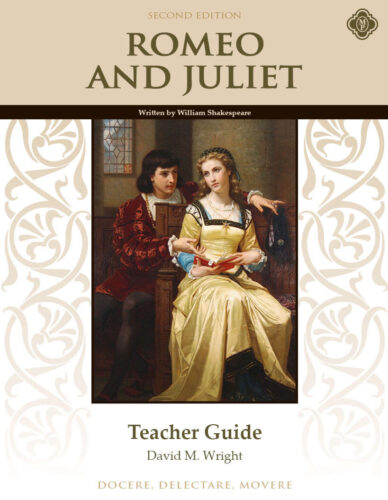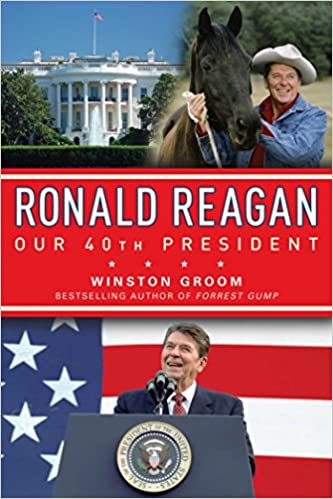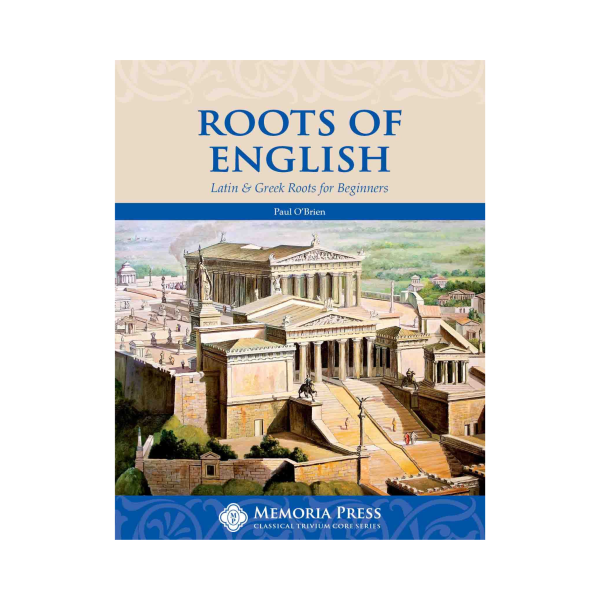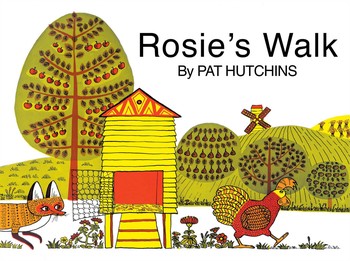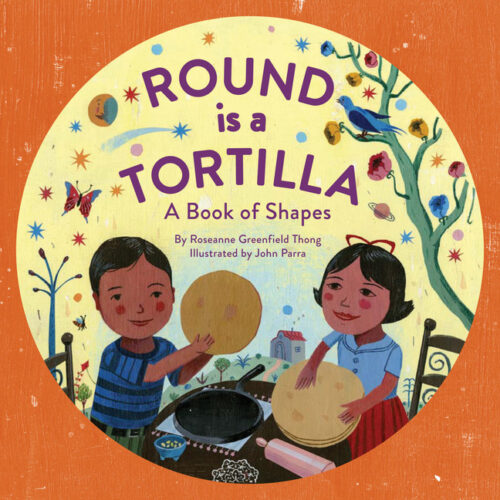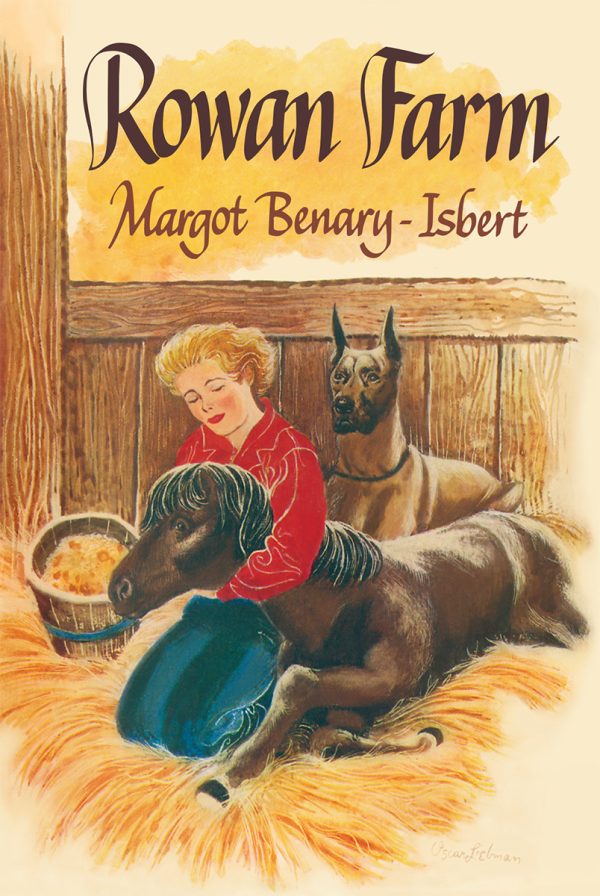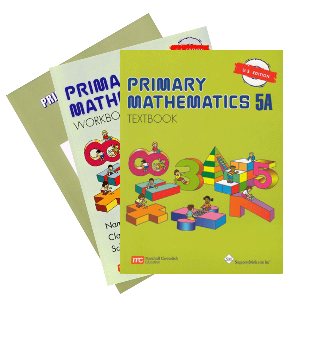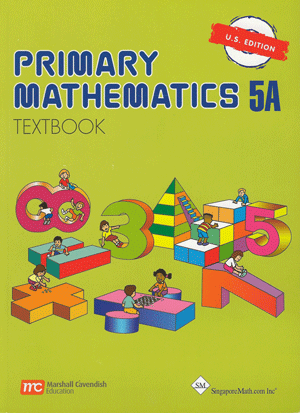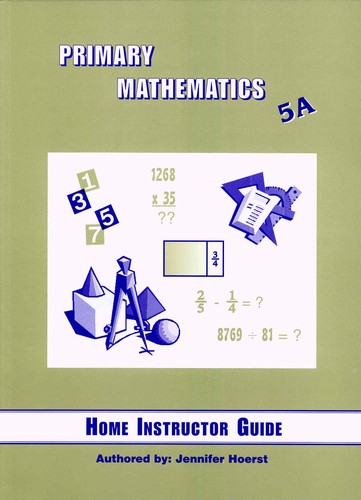-
Singapore Primary Mathematics: Level 5A - Set with Home Instructor's Guide (US Edition)
- Includes:
Singapore Primary Math Textbook 5A - U.S. Edition × 1
Singapore Primary Math Textbook 5A - U.S. Edition × 1
Singapore Primary Math: Home Instructor's Guide 5A (U.S. Edition) × 1
Quantity
- “Robotics: Discover the Science and Technology of the Future with 20 Projects” already exists in your wishlist
-
Romans: Nicene Christianity introduces students to the creeds and councils of the early Church and the fascinating story of how they came about. Wesley Callihan guides students through Augustine’s Confessions and City of God, and selections from John Chrysostom, Athanasius, and Boethius. Learn how the late Roman Christians viewed themselves as the last remnants of Paganism fell, and the Christian defence mounted by Augustine against the accusations that Rome fell because she abandoned the Pagan gods. Learn how Athanasius influenced the Council of Nicea as the Church gathered to discuss the deity of Christ.Sku: 617633998705
Romans: Nicene Christianity DVD
By:$75.50 -
ROMANS: THE AENEID unpacks one the greatest classics of the West, the Aeneid of Vergil, whose impact profoundly influenced both Roman society and medieval Christianity. Wesley Callihan guides the student through the plot, poetic devices, background, philosophy, history, and aesthetics of the poem, as well as its lasting influence on Western culture and civilization. He then briefly turns to the Roman epics of Ovid, Lucretius, Lucan, and Statius.Sku: 635961232124
Romans: The Aeneid DVD
By: Roman Roads Media$75.50 -
ROMANS: THE AENEID unpacks one of the greatest classics of the West, the Aeneid of Vergil, whose impact profoundly influenced both Roman society and medieval Christianity. Wesley Callihan guides the student through the plot, poetic devices, background, philosophy, history, and aesthetics of the poem, as well as its lasting influence on Western culture and civilization. He then briefly turns to the Roman epics of Ovid, Lucretius, Lucan, and Statius. THE WORKBOOK The workbook gives the student questions to answer for every reading assignment and lecture, discussion questions to think about, and a host of further resources for the student that wants to go further (or study for a paper!). The Answer Key at the back of the textbook will give the recommended answer to all the essay questions. We encourage students to answer the questions on their own before referencing the Answer Key.Sku: 9780989702867
Romans: The Aeneid Workbook
By:$16.00 -
Romans: The Historians guides students through the writings of Livy, Tacitus, Sallust, Julius Caesar, Plutarch, Quintilian, and Cicero. Discover the original works that chronicle the early history of Rome from Monarchy, through Republic, to Empire. In this unit you will discover how the Roman philosophy of history shaped the lives and culture of the Roman people, how the Roman historians recognized the signs of cultural decay in their own day, and finally, how the persecution of the Early Church played a critical role in the spread of Christianity throughout the empire.Sku: 617633998682
Romans: The Historians DVD
By:$75.50 -
Romans: The Historians guides students through the writings of Livy, Tacitus, Sallust, Julius Caesar, Plutarch, Quintilian, and Cicero. Discover the original works that chronicle the early history of Rome from Monarchy, through Republic, to Empire. In this unit, you will discover how the Roman philosophy of history shaped the lives and culture of the Roman people, how the Roman historians recognized the signs of cultural decay in their own day, and finally, how the persecution of the Early Church played a critical role in the spread of Christianity throughout the empire. THE WORKBOOK The workbook gives the student questions to answer for every reading assignment and lecture, discussion questions to think about, and a host of further resources for the student that wants to go further (or study for a paper!). The Answer Key at the back of the textbook will give the recommended answer to all the essay questions. We encourage students to answer the questions on their own before referencing the Answer Key.Sku: 9780989702874
Romans: The Historians Workbook
By:$16.00 -
"Star-crossed" Romeo and Juliet are Shakespeare's most famous lovers. A staple of high school reading lists, the tragedy especially resonates with young adult readers who, like Romeo and Juliet, have experienced the exhilarating and perilous phenomenon of being "in love".Sku: 9781586174392
Romeo and Juliet
By: William Shakespeare, Edited by Joseph Pearce$8.50 -
This study guide seeks to exercise your reading, writing, and thinking, and to illumine your understanding—helping you explore and determine where the actual tragedy lies.1 GradeSku: 9781615388219
Romeo and Juliet – Student Book (Second Edition)
By: David M. Wright$18.95 -
The Teacher Guide contains the answers to the Student Book (sold separately).1 GradeSku: 9781615388226
Romeo and Juliet – Teacher Guide (Second Edition)
By: David M. Wright$18.95 -
SaleRomeo and Juliet: the greatest love story? Our postmodern age revels in the passion and romance of the young lovers, but perhaps we overlook crucial subtleties in the text. This study guide seeks to exercise your reading, writing, and thinking, and to illumine your understanding—helping you explore and determine where the actual tragedy lies.
Romeo and Juliet Set
By: William Shakespeare; David M. Wright$46.40Original price was: $46.40.$41.77Current price is: $41.77.By: William Shakespeare; David M. Wright$46.40Original price was: $46.40.$41.77Current price is: $41.77. Add to cart Quick View -
In this superlative biography for young adults, bestselling author Winston Groom—author of Forrest Gump—gives us the full Reagan, from his Midwestern American boyhood, to his early career as a radio sports announcer, to his days as a Hollywood star and his extraordinary political career as a union leader, governor of California, and president of the United States.Sku: 9781596987951
Ronald Reagan
By: Winston Groom$22.99 -
Room for Ripley is perfect for teaching capacity to second, third, and fourth graders.Sku: 9780064467247
Room for Ripley
By: Stuart J. Murphy$8.50 -
We are often asked if we have a program that includes the study of both Latin and Greek roots. We do now! Roots of English is an introduction to English, designed for students in grades six through eight, but it is also a great test prep program for older students planning on taking any test with a vocabulary section. Most of the Latin roots covered in this book correspond to the Latina Christiana I vocabulary set. The course also introduces Greek roots commonly found in English words.3 GradesSku: 9781930953253
Roots of English
By: Paul O’Brien$32.95 -
Rosie the hen leaves the chicken coop and sets out for a little walk. Right behind her is the fox, slyly trying to catch up with her. Rosie's walk is quiet, uneventful and eventually leads her back to the coop, blissfully unaware of the fox's travails as he tries -- unsuccessfully -- to navigate the obstacle course that Rosie has led him through.Sku: 9780020437505
Rosie’s Walk
By: Pat Hutchins$9.99 -
In this lively picture book, children discover a world of shapes all around them: rectangles are ice-cream carts and stone metates , triangles are slices of watermelon and quesadillas . Many of the featured objects are Latino in origin, and all are universal in appeal. With rich, boisterous illustrations, a fun-to-read rhyming text, and an informative glossary, this playful concept book will reinforce the shapes found in every child's day!Sku: 9781452106168
Round Is a Tortilla: A Book of Shapes
By: Roseanne Thong$24.99 -
As in The Ark, her previous book about the Lechow family, Mrs. Benary mirrors the slow changes of the season, come war or peace, the burgeoning of life in the spring and with it a renewal of hope. Once again she creates real people whose joys and disappointments are universally understood, and above all she leaves her readers a sense of courage and faith all too rare in books today.Sku: 9781948959179
Rowan Farm
By: Margot Benary-Isbert translated by Clara and Richard Winston$31.50 -
From the Publisher: “Marian called it Roxaboxen. (She always knew the name of everything.) There across the road, it looked like any rocky hill — nothing but sand and rocks, some old wooden boxes, cactus and greasewood and thorny ocotillo — but it was a special place: a sparkling world of jeweled homes, streets edged with the whitest stones, and two ice cream shops. Come with us there, where all you need to gallop fast and free is a long stick and a soaring imagination. In glowing desert hues, artist Barbara Cooney has caught the magic of Alice McLerran’s treasured land of Roxaboxen — a place that really was, and, once you’ve been there, always is.”Sku: 9780060526337
Roxaboxen
By: Alice McLerran$12.50

